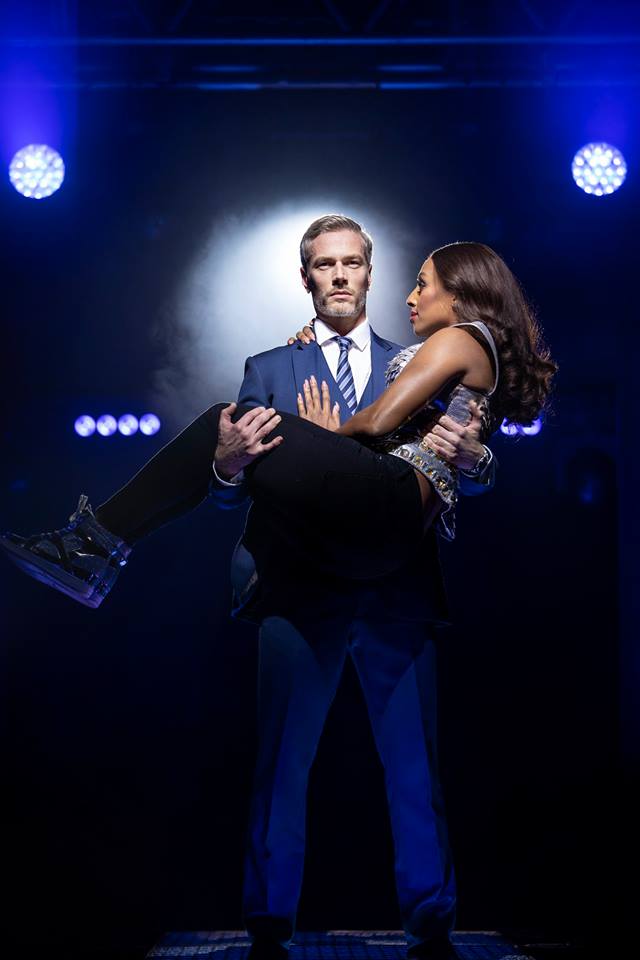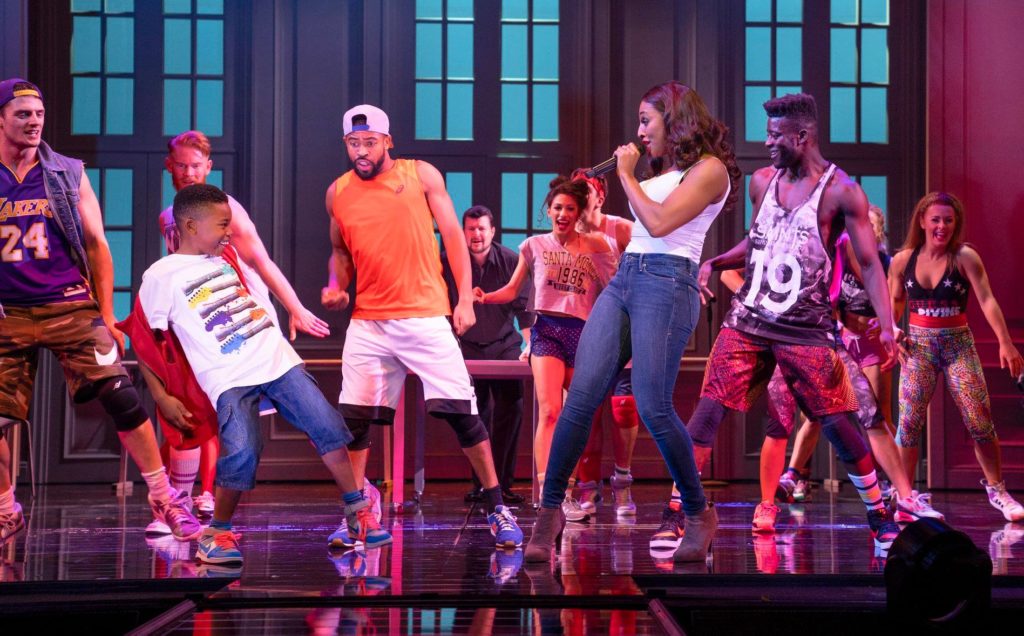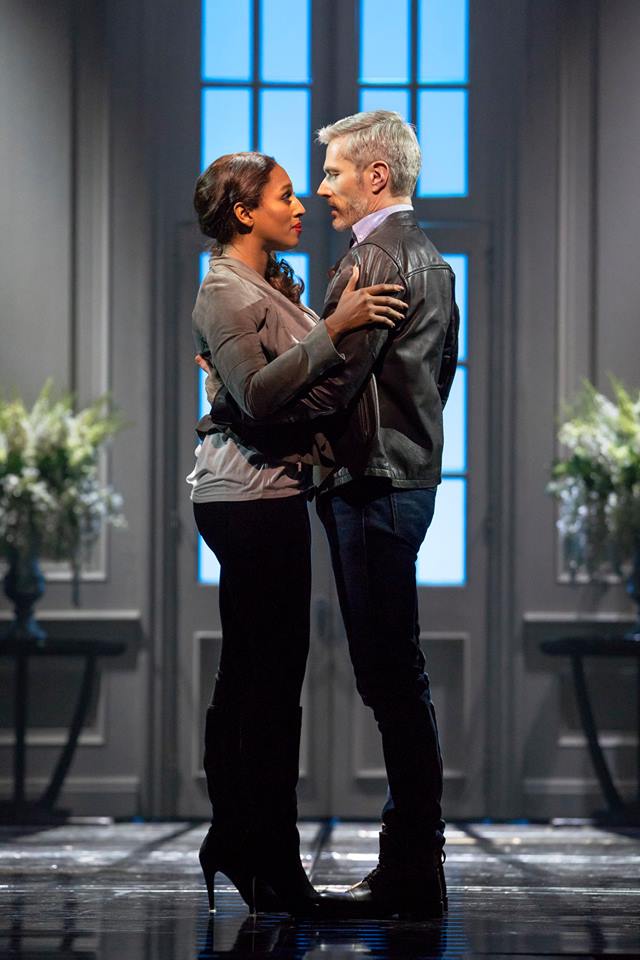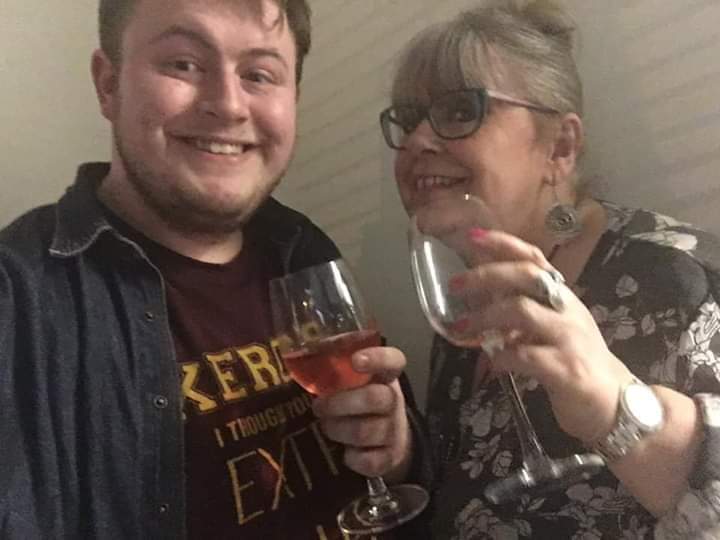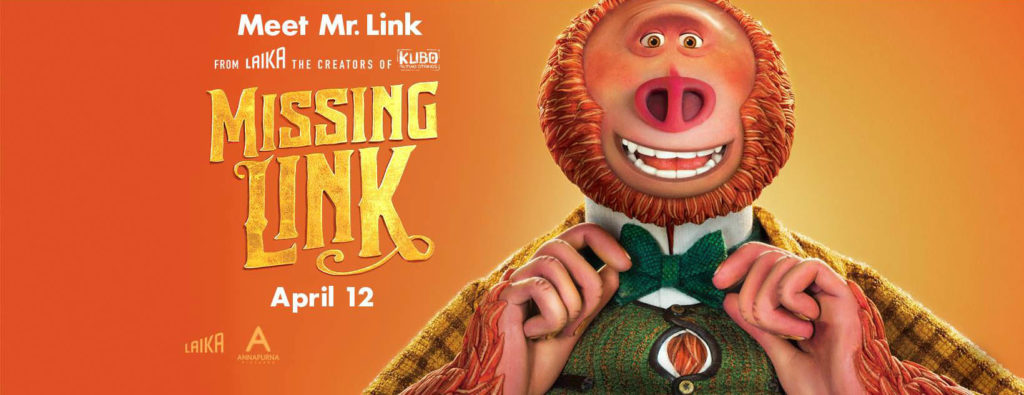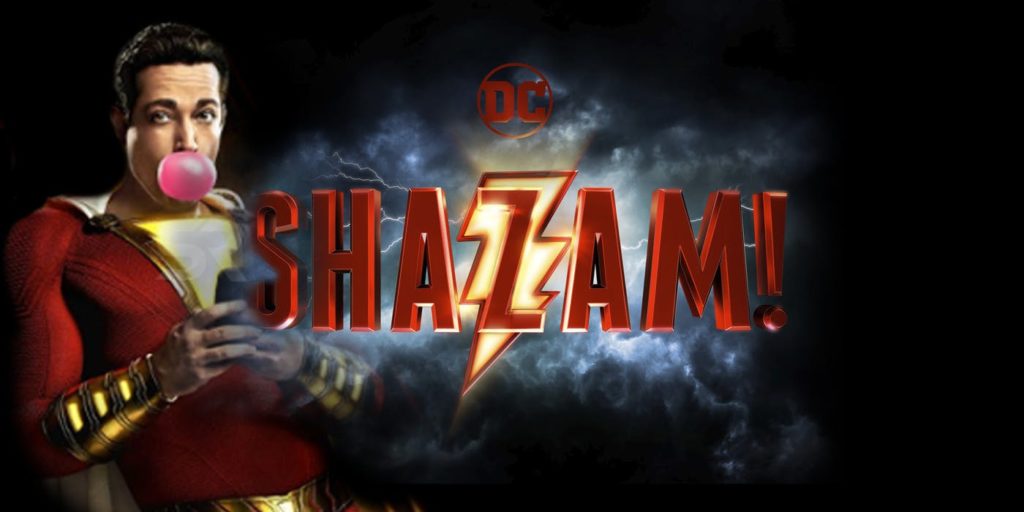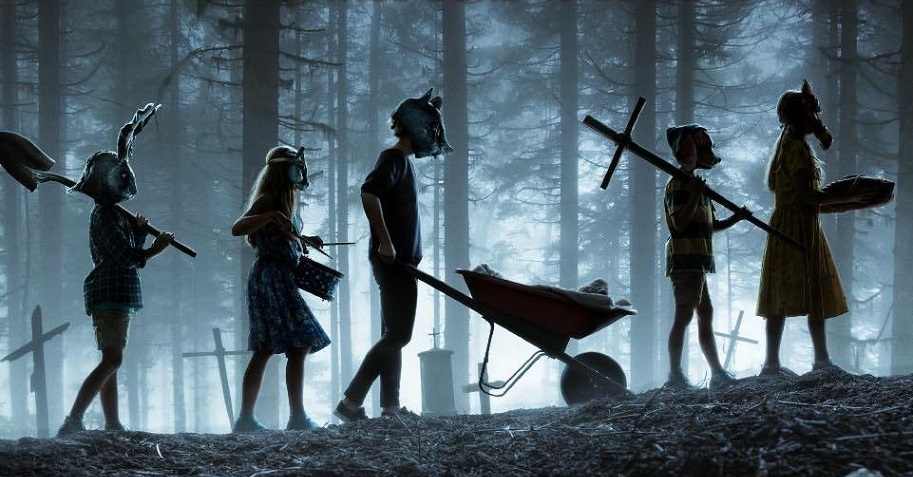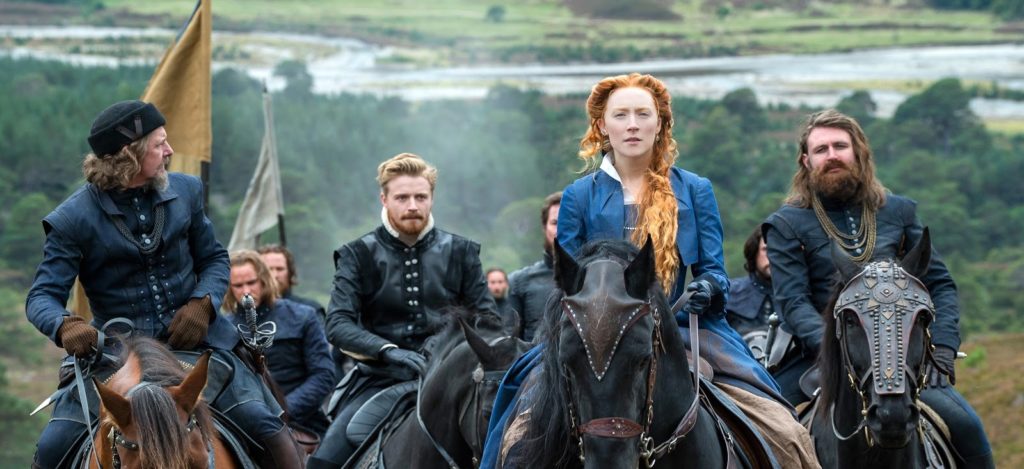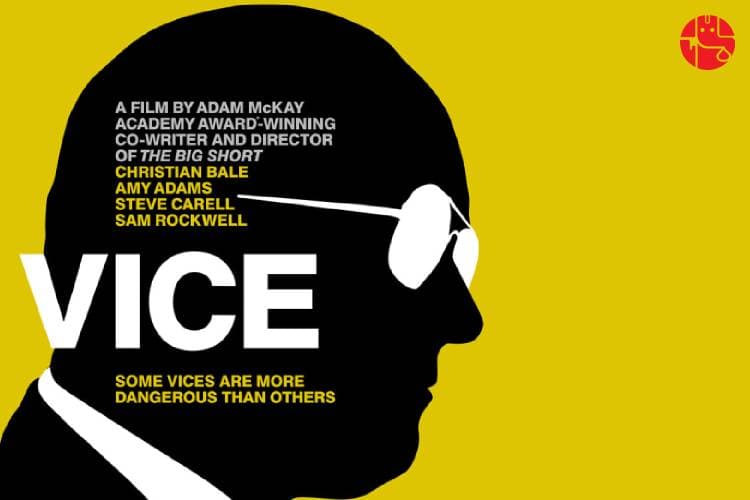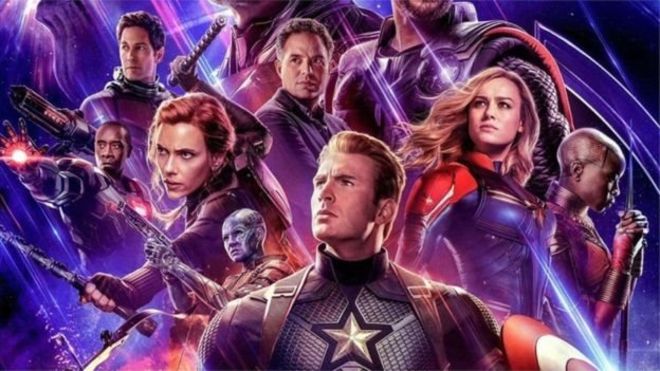
 (4 / 5)
(4 / 5)
Closing my review for Avengers: Age of Ultron I wrote: “Superhero movies have never been better, this movie now shows that they’ve also never been bigger.” That was back in 2015 which seems so long ago and I, nor do I think anyone (except perhaps Kevin Feige) could have predicted the mass scale that would make that movie seem humble by comparison. Through everything that it accomplishes and also fails to do one thing is irrefutable, Avengers: Endgame is one of the biggest endeavors as well as the hugest movie ever executed.
To properly set the stage I must now spoil the events of Infinity War. You have been warned (though why would you be seeing this movie if you aren’t up to date or have at least seen Infinity War?). The events of the last movie had the big bad villain Thanos (Josh Brolin) go on a quest throughout the galaxy to acquire six Infinity Stones, when he had gathered all of them within his gauntlet he could fulfill his ambitions of erasing half the population of the universe with a snap of his fingers. He gathered them all, and he did wipe out half the universe, reducing them to dust in the wind. Now here we are, our heroes utterly defeated and the villain completed his goal. This was essentially the Empire Strikes Back of the story, almost a cliche to say but it holds true. The last movie was were the bad guys were unrelenting and for the battle, they won. But the war is not over and so we are here, where the forces of good regather themselves, the bad guys have established themselves as a threat, our heroes have a tough fight to regain victory.
As I did last time I feel I have to go through the list of all the characters we have. Others will appear later in the movie so for now, let’s just deal with the ones we get within the first thirty minutes. Iron-Man (Robert Downey Jr.), Captain America (Chris Evans), Thor (Chris Hemsworth), Bruce Banner/The Hulk (Mark Ruffalo), Black Widow (Scarlett Johansson), Nebula (Karen Gillan), Hawkeye (Jeremy Renner), Rocket (Bradley Cooper), Ant-Man (Paul Rudd), War Machine (Don Cheadle) and the latest member Captain Marvel (Brie Larson). There are other that come into the movie later and some that make a brief appearance but for the main plot of the movie, this is who we have.
For the rest of the plot going forward I will forego a detailed description, a lot of this movies appeal on the initial watch is the shock of what is revealed and how the characters go forth. But after the first act out heroes are in disarray and they eventually come up with a plan, the path this takes them down allows them to proceed with their goals while also reflect on what has come before as well as invites the audience to do so. This struck me more as pandering slightly, it came off more as overtly winking at the audience rather than letting the plot unfold in any kind of natural way.
Surprisingly, the weakest element of the movie is its comedy. MARVEL has done such a good job with their comedic elements in other movies before, from Guardians of the Galaxy, to Ant-Man and others where they are either comedically focused or insert comedy within the dialogue and narrative we’ve gotten some great laughs out of these movies. Even in ones as serious and dark as Civil War and Infinity War they were still able to skillfully insert a pun to pepper the mood with some banter and levity. But here, after these heroes have been dealt such a devastating blow, and for the start, it plays it very bleak comes as too much of a contrast.
What I was worried about going into this movie was the annulment of stakes. The whole universe was dealt a devastating blow previous and now they obviously seek to undo it, which makes sense because they are heroes, but narratively it means that there is no stakes and everythings hunky dory again. Such a thing would render all emotional we felt previously to mean nothing. Well, again not spoiling anything, this movie still comes with its stakes and gravity to its situation. There are still things on the line and the heroes know that and are willing to make that decision (that’s what makes them heroes).
As if Infinity War was impossible enough to appreciate without having seen the previous movies this one is especially so. There are so many characters and references being thrown at you that you will not be able to care without having seen their story leading up to this. You’ll be taken out of it and more be asking “Who’s that?” “What are they talking about?” “Ow I recognise them, never saw the movie though.”This is more like tuning into the series finale of a long-running television show rather than seeing a complete story begin and end on its own merits, but I guess that’s just where we are now, this is the state of things in this franchise inclined world we are currently living in. To be fair nearly all the characters on screen have had development in other movies so it’s not as if the work has been put in. It’s not like Ready Player One where they just show you a bunch of pop culture figures, smash them together and expect you to feel something for them.
These movies have grown at an unprecedented scale in terms of having a completely realized cinematic universe. The number of characters that they have realized from their comic book source material and their ability to overlap and make appearances in other movies creating a truly realized environment should not happen. It should have crumbled before it ever really got started. Yet here we are, nearing thirty movies and over ten years and the number of characters has continued to expand and the audience is not getting tired.
Writing this screenplay is not a mammoth task, it is more like a freight shipping mammoths. Taking on the duty is, once again, Christopher Markus and Stephen McFeely. This pair has written all the Captain America movies and Infinity War previously. They make tight screenplays that have characters convey much about them with only a few lines of dialog. They are also versatile enough to write for multiple tones, be they serious, comedic, suspenseful and even tender.
The idea that such a feat as this to even conceive, let alone pull off is a challenge, to say the least, and being that it was made in the first place is a triumph, that does not get done by lazy people. But the fact that it stands so tall and so proud and though not without it’s shaky parts does indeed serve as a testament to this writing and directing team.
Even then, a movie doesn’t just get made with just it’s directors and screenwriters, the crew and post-production team are essential in getting the movie filmed and then creating the special effects rendered. But I want to highlight the role of the Line Producer, a Line Producer is responsible for calculating the budget of a feature and overseeing the day to day progress of filming. According to IMDB, this movies was Nicholas Simon, high praise because the organization and determination required to get all these actors schedule to line up and makes sure everything goes on track is a true feat.
While with some of the other movies that I would name as my favorite, I would acknowledge their flaws but with so much going on and the level of confidence and skill in executing it bringing up the flaws would just be pedantic. This movie, not so much. It has definite, obvious flaws and I was aware of them while the movie was playing and they stare back at me when I reflect on it. In comparison of this movie as a whole Infinity War is the more focused and defined out of the two of them. This one is more self-indulgent and could use some trimming, mostly with some of their jokes. Infinity War opened with Thanos, followed him through it and ended with him, it opened with one character and we delve into their viewpoint and follow their struggles to attain their goals. This movie starts out with a group of people and it’s essentially a story to avenge (convenient being the name of their team), then there’s a padding of some surreal humor, now the movies turned into a heist, and entering the final act is a battle. This is much more mangled experience.
Though it must be said that when the final thirty to forty minutes play out it was some of the most pulse-pounding, audience-pleasing, and moving moments I have had for the ten years I’ve been a loyal audience. I am the one who has put in the time and effort and being paid off, I know that means a lot of other people will be unable to enjoy it on the same level but at this point it should be clear that you have to be a fan to go to a movie with dozens of characters on the poster.
Could any movie reach the scale of this movie again? True much of it is computer generated imagery but that certainly requires a lot of work too. Will there ever come a time when there is another cinematic universe that takes over ten years to reach this crescendo? To be popular enough to keep going for ten years? To amass a cast and audience big enough for a story that goes to this many locations, and has such variations of imagery? I don’t know, but I do know this movie works. It went for everything, stumbled a bit but certainly stuck the landing.
As was said, part of the story is the end. This movie is an end to many things, but not these movies, and one of the most important parts of life is taking the next step. The MARVEL world will certainly never be the same again and the movie world now has a new standard for budget and mass cast of characters.R

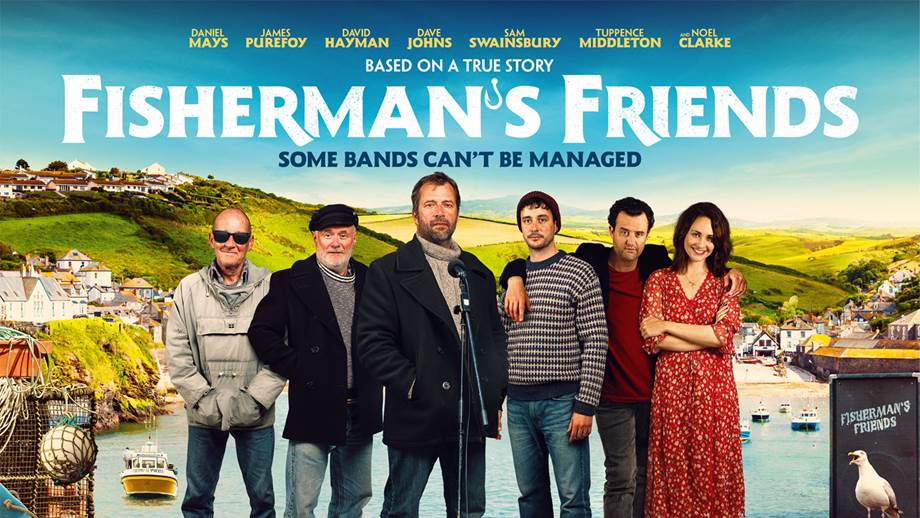
 (3 / 5)
(3 / 5)
 (2 / 5)
(2 / 5)
 (5 / 5)
(5 / 5)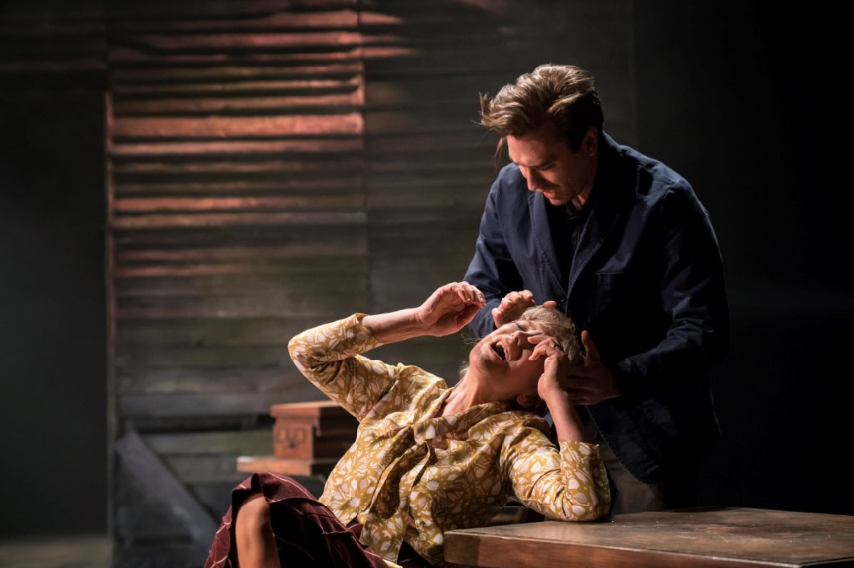
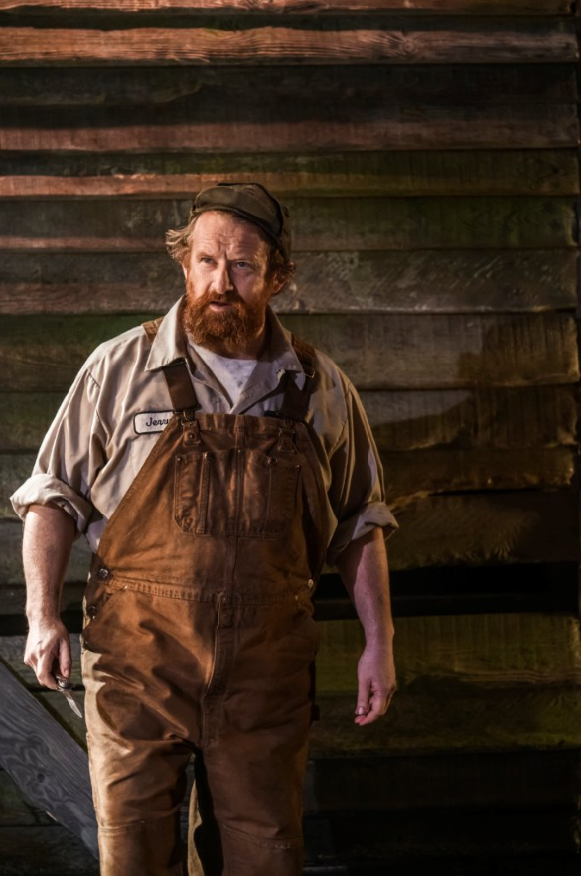
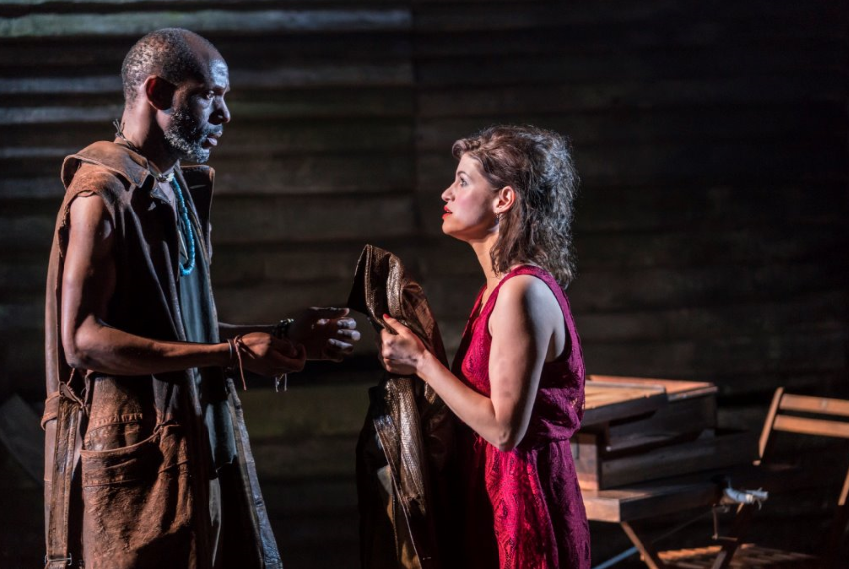
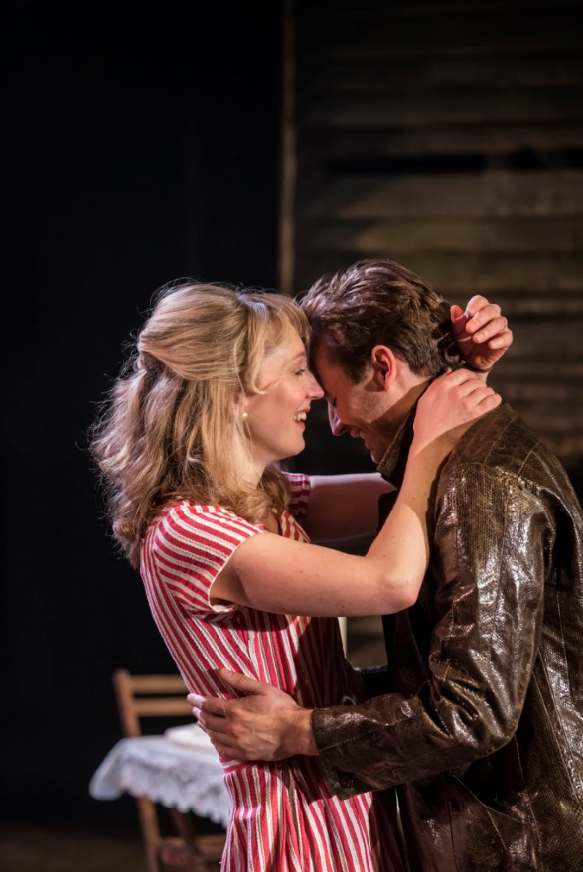
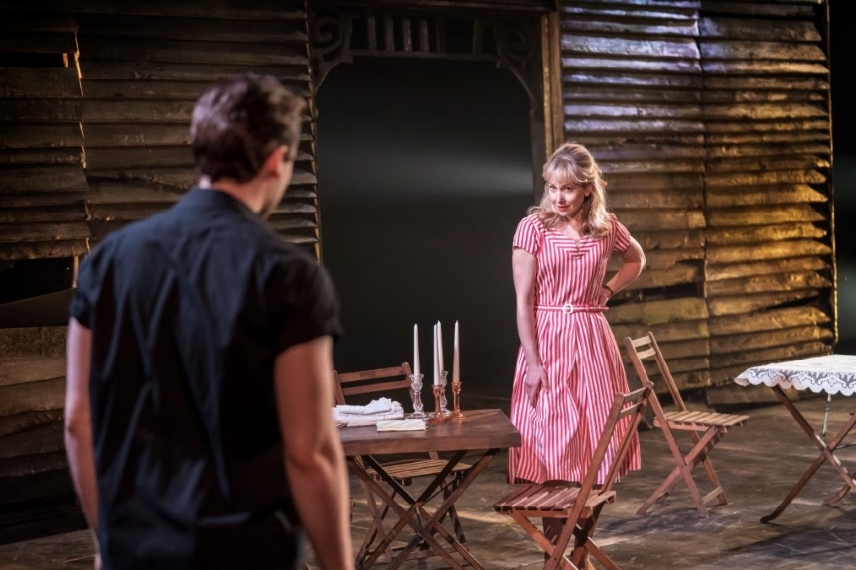
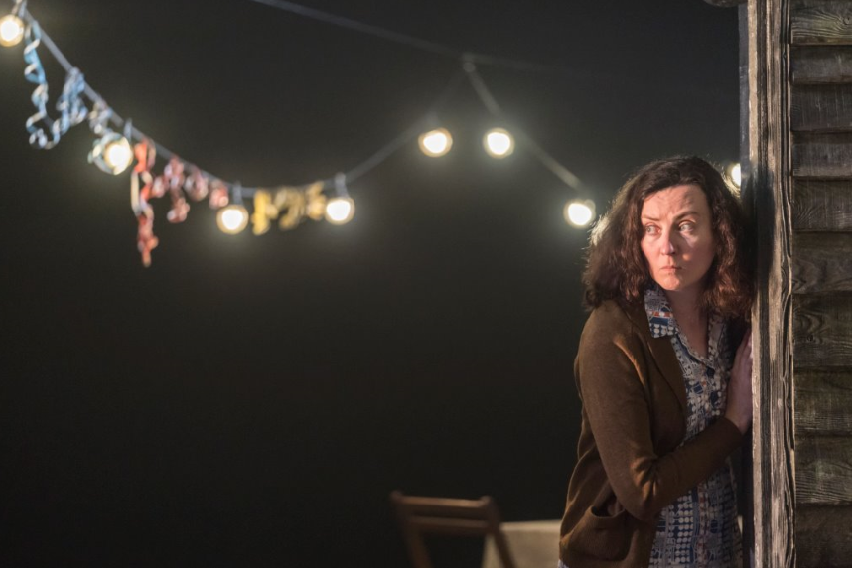


 (4.5 / 5)
(4.5 / 5)